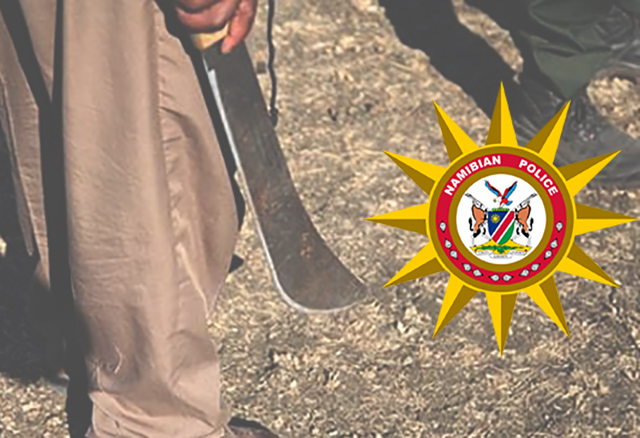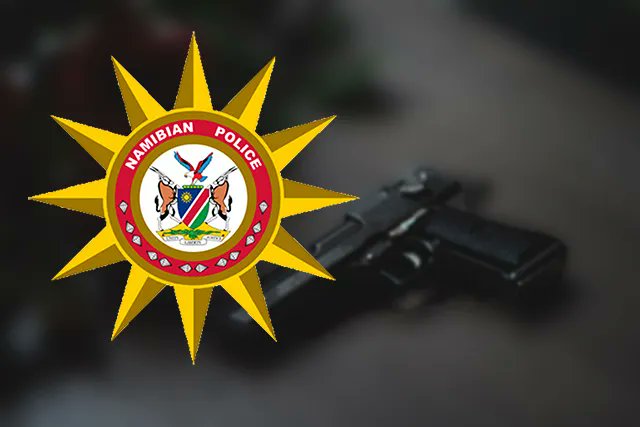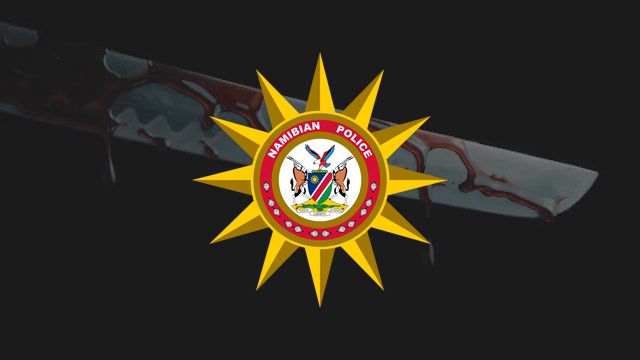FOR the first time ever, the Vulture Study Group was this month able to conduct an aerial survey of breeding areas in the Namib in a straight line of nearly 600 kilometres – from the Swakop to the Orange rivers.
Limited resources usually only allow the VSG to survey and ring birds in the central parts of the Namib-Naukluft Park. The four-day survey started south of Sossusvlei, with a check on all trees in the Namib-Naukluft and bordering farms as far south as the dunes on Kumbis.The next day, observers covered the area to the south including Koigab Pan to the Orange River.No breeding birds were found in the Koigab Pan, although many old nests were spotted.South of Aus, along the Diamond Area boundary, several old nesting sites were seen, but only one chick found.”This area is very dry, [so] not many animals were seen and most of the farms are deserted, so there is no food for vultures,” said VSG Co-ordinator Peter Bridgeford.As lappet-faced vultures always nest in the tops of trees, the big nests with chicks are visible from slow, low-flying aircraft and even eggs can be spotted from the air.But sometimes it cannot be distinguished whether it is breeding birds in the nests or birds just roosting.Three days later, the next leg of the survey took the VSG over the Ganab area of the Namib-Naukluft where hundreds of trees growing in the myriad of watercourses were flown over to look for nests.The Sossusvlei and Tsondabvlei areas were surveyed last.Breeding birds were found in both areas.Last year, none were found here.Bridgeford says the number of breeding birds in the park is an indication of the status and health of the overall population of lappet-faced vultures in Namibia.He is cautious about giving an indication of the vulture population in Namibia, other than to say that in the areas where he has been ringing for years, the numbers are down.Most recently, in the Ganab area 23 chicks were ringed, one was too small and only one egg was found.In the Tsondab area, only six chicks were ringed, one was too small to be ringed and two nests were still holding eggs.As the whole country cannot be surveyed, the vultures of the Namib-Naukluft Park are an indicator of the rise and fall in breeding vulture numbers.Vulture populations throughout southern Africa are under pressure from many sources.While they are scavengers that help clean the country of carrion and the associated spread of disease, they are also caught in the crossfire in the war between stock farmers and predators.They are also often unintentionally killed when feeding on poisoned bait put out for predators.Bridgeford hopes to soon be able to survey the area between the Ugab and Kunene Rivers.”We will continue to survey, keeping ringing and would ideally like to also survey the area bordering the Skeleton Coast and in the areas around Gobabis and Windhoek,” said Bridgeford.In total during the aerial survey 16 hours were spent in the air.In the coming weeks, volunteers will return to the area to ring the vulture chicks spotted from the air.The long-running monitoring and ringing project in the Namib-Naukluft started in 1991.The VSG is supported by Nedbank’s Go Green Fund, which paid the hire costs of the aircraft and the fuel for the first two days of the survey.Rob Field of the Zebra River Lodge donated two days of flying time, while pilot Manfred Loth and observer Malcolm Taylor also gave freely of their time and skills to fly around Ganab with fuel sponsored by KPMG.The four-day survey started south of Sossusvlei, with a check on all trees in the Namib-Naukluft and bordering farms as far south as the dunes on Kumbis.The next day, observers covered the area to the south including Koigab Pan to the Orange River.No breeding birds were found in the Koigab Pan, although many old nests were spotted.South of Aus, along the Diamond Area boundary, several old nesting sites were seen, but only one chick found.”This area is very dry, [so] not many animals were seen and most of the farms are deserted, so there is no food for vultures,” said VSG Co-ordinator Peter Bridgeford.As lappet-faced vultures always nest in the tops of trees, the big nests with chicks are visible from slow, low-flying aircraft and even eggs can be spotted from the air.But sometimes it cannot be distinguished whether it is breeding birds in the nests or birds just roosting.Three days later, the next leg of the survey took the VSG over the Ganab area of the Namib-Naukluft where hundreds of trees growing in the myriad of watercourses were flown over to look for nests.The Sossusvlei and Tsondabvlei areas were surveyed last.Breeding birds were found in both areas.Last year, none were found here.Bridgeford says the number of breeding birds in the park is an indication of the status and health of the overall population of lappet-faced vultures in Namibia.He is cautious about giving an indication of the vulture population in Namibia, other than to say that in the areas where he has been ringing for years, the numbers are down.Most recently, in the Ganab area 23 chicks were ringed, one was too small and only one egg was found.In the Tsondab area, only six chicks were ringed, one was too small to be ringed and two nests were still holding eggs.As the whole country cannot be surveyed, the vultures of the Namib-Naukluft Park are an indicator of the rise and fall in breeding vulture numbers.Vulture populations throughout southern Africa are under pressure from many sources.While they are scavengers that help clean the country of carrion and the associated spread of disease, they are also caught in the crossfire in the war between stock farmers and predators.They are also often unintentionally killed when feeding on poisoned bait put out for predators.Bridgeford hopes to soon be able to survey the area between the Ugab and Kunene Rivers.”We will continue to survey, keeping ringing and would ideally like to also survey the area bordering the Skeleton Coast and in the areas around Gobabis and Windhoek,” said Bridgeford.In total during the aerial survey 16 hours were spent in the air.In the coming weeks, volunteers will return to the area to ring the vulture chicks spotted from the air.The long-running monitoring and ringing project in the Namib-Naukluft started in 1991.The VSG is supported by Nedbank’s Go Green Fund, which paid the hire costs of the aircraft and the fuel for the first two days of the survey.Rob Field of the Zebra River Lodge donated two days of flying time, while pilot Manfred Loth and observer Malcolm Taylor also gave freely of their time and skills to fly around Ganab with fuel sponsored by KPMG.
Stay informed with The Namibian – your source for credible journalism. Get in-depth reporting and opinions for
only N$85 a month. Invest in journalism, invest in democracy –
Subscribe Now!








